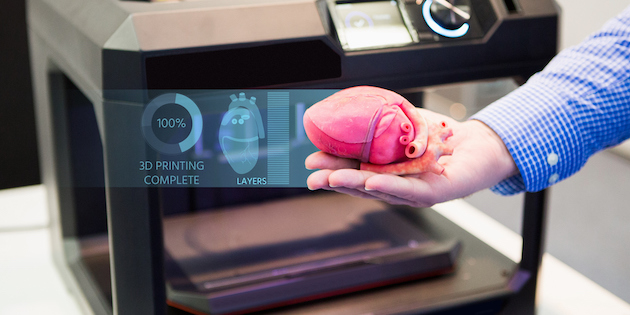3D-printed human ear lab-tested by researchers in Israel
MEDICAL 3D
Researchers at the Technion-Israel Institute of Technology and Sheba Medical Center have developed a way to 3D-print “scaffolding” as the basis for a replacement ear.

The engineering feat represents a major breakthrough for surgical microtia repair technique, for which the current autologous reconstruction method relies on the artistic skill of surgeons and involves donor-site pain – the cartilage used is harvested from the patient’s chest – and discomfort.
This novel tissue engineering technique, successfully bioengineered in a published experiment overcomes these limitations by developing a clinical-grade, 3D-printed biodegradable auricle scaffold that was shown to form stable, custom-made neocartilage implants.
Younger microtia patients can receive an aesthetically faultless ear
The scaffold is designed from a CT scan of the patient’s ear and can be performed on children as young as six years old. Currently, the procedure is not usually performed until at least ten years of age.
This technique could be expanded into more products in the clinic, such as nasal reconstruction or other orthopedic implants, say the researchers. Many other organs and body parts can now be 3D-printed, including a heart, which Tel Aviv scientists announced in 2019.
Source: iopscience


